Jewish people in Lublin and Krasnik, 1940
Lublin, late summer 1940, man rides bike down the street. People mill about on the sidewalk. A Polish officer crosses the street. German soldiers march in twos down the street. More men in uniform walking along the sidewalk, as well as women and children. Large trees line the sidewalk. Another group of soldiers walking together. A woman walks across the street but halts as a line of men march on in her path. They make a right and turn down another street. Swastika flag on building, mostly obscured by trees. Horse-drawn carriage. Buildings bombed out along the street. The Cathedral of Lublin (?). Carriages in the FG. Entrance to church in Krasnik. Man walks away from the building and dons a hat. Crowd of men leave entrance and put on hats as they walk. 02:30 Intertitle: “Die Piastenburg.” HA panning view of the city and the Lublin Castle. 02:52 Intertitle: “Das Krakauer Tor, der Hauptzugang zum Ghetto.” [Krakow Gate, main entrance to the Lublin ghetto, established in March 1941 - this slate was created by the camera operator and it is unclear why he used the term, "ghetto"] A town square. German soldiers barely visible in FG. Large building: “ZARZAD MIEJSKI” Buildings to the right and ghetto wall with large gateway. Tracks lead through the entryway. 03:32 Man wearing armband crosses in front of camera. Sign identifying a Jewish business reads, “Judisches Geschaft Przedsieblorstwe Zydowskie.” Another in the window next door reads, “FUR WEHRMACHTSANGEHORIGE VERBOTEN” [Forbidden for German Army personnel] Jews walk along the streets of Lublin. Buildings in ruins, piles of rubble. Jewish people wearing armbands walk through the streets. Some look at the camera; 04:17 two men look directly into camera, then religious Jew looks into camera, probably at the direction of the cameraman. A man in a horse-drawn cart. Women with armbands, more than one with the Star of David fully visible. More men, women, and children walk about the ghetto. Sign on the corner reads, “FELCZER.” People lightly push a man towards the camera as he walks by. Many glance at the camera. 06:12 Intertitle: “Wasserverkauf” [selling water] A woman refills her water pail at a spigot. A child cups the water in her hands. A man refills his bucket. Others line up to do the same. An individual can be seen watching from behind a window in the building from which the spigot protrudes. The customers place money in a slot outside the window. (This is perhaps the only know visual evidence of this activity as the site was destroyed during the war.) 06:51 Intertitle: “Krasnik.” People walk and stand on the sidewalk in Krasnik, Poland, near Lublin. A horsedrawn wagon. Horses, attached to wagons in stables. People stand near baskets of potatoes? Children run around. Men and women wearing armbands. The street. "Ende.”
- EHRI
- Archief
- us-005578-irn556014
- Amateur.
- BICYCLES
- Lublin, Poland
Bij bronnen vindt u soms teksten met termen die we tegenwoordig niet meer zouden gebruiken, omdat ze als kwetsend of uitsluitend worden ervaren.Lees meer



